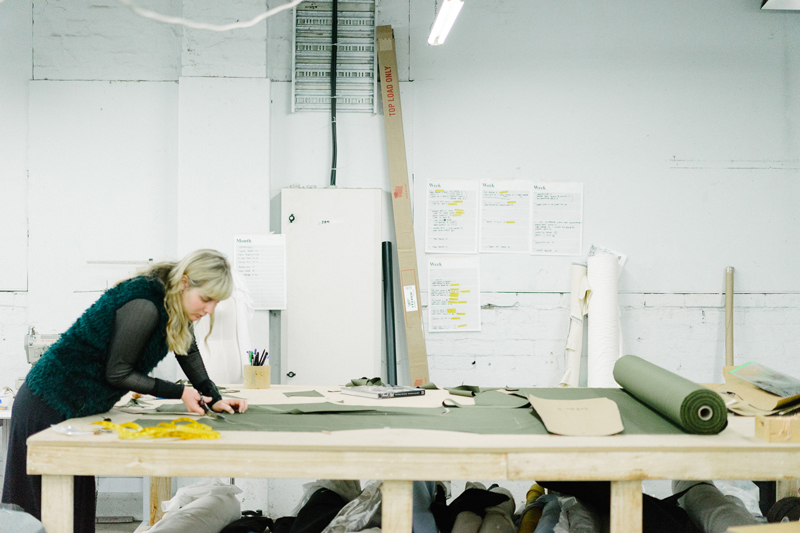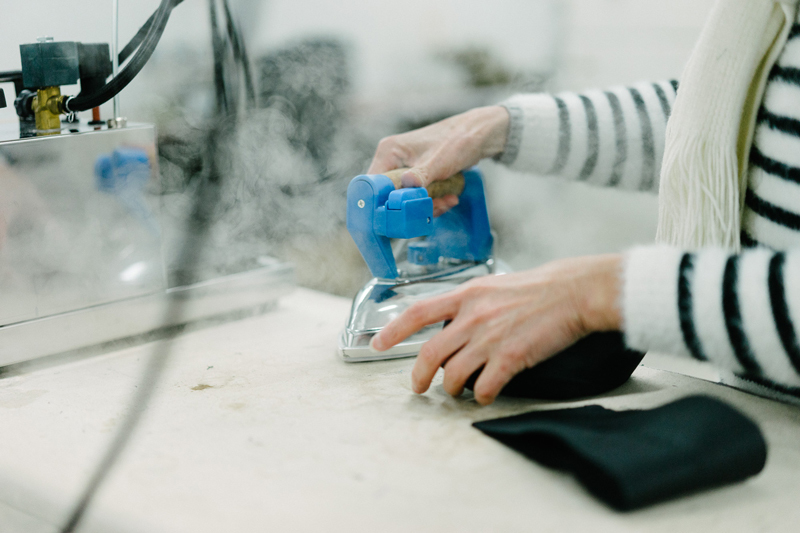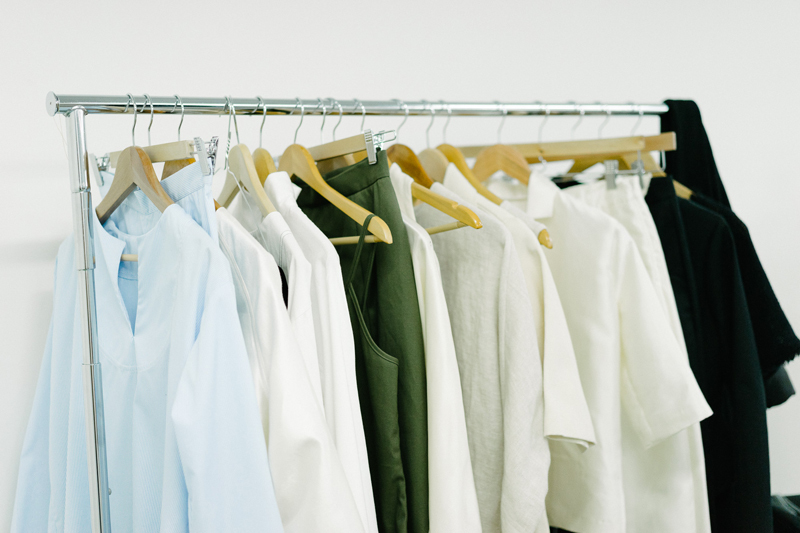When Jade Sarita Arnott closed the door on Arnsdorf, her beloved Melbourne based label, five years ago the vibrations were felt throughout the Australian fashion community. Yes the closure was a shock for a label so lauded, but it was also unsettling — from the outside, Arnsdorf seemed untouchable.
It’s an overused term, but Jade appeared to have it all: a successful brand, a young family, and following the label’s relocation to New York, the quiet promise of global success. But things weren’t as glowing as they seemed. Arnsdorf may have been a fashion darling, but it wasn’t insulated from the damage the Global Financial Crisis was still wreaking around the world. “It was a really difficult time in retail in Australia at that time. We were stocking at all these prestigious stores, but then a lot of them closed down, went into receivership, reshuffled and like didn’t pay anyone,” she explained to i-D. “It looked from the outside like everything was great – I was really appreciative of all the press I was getting and support I had — but the industry wasn’t supportive of the designer.”
Beyond the daily practicalities, and their mounting complications, Jade was also tired. Really, really tired. The kind of familiar exhaustion that clouds so many creative lives, making a job or a process that was once so special seem arduous and heartbreaking. “We were working across multiple time zones because I was based in New York for the last few years of it, and I still had an office in Melbourne. I was on Skype for a lot of the night,” she explained.
At any time, especially during a period of global fiscal turmoil, a job in fashion is a rare and precious prize. The success it offers a few can feel like a finite resource that shouldn’t be taken for granted, but increasingly Jade found herself questioning her own ideas of happiness and satisfaction. Furthermore, she was haunted by the creeping suspicion that the work that was attracting so much praise wasn’t her best. “I’m a perfectionist but I felt like the way the system was running, I was never a hundred percent satisfied with what I was producing because it was always rushed: rushing for the show, rushing for the deadline, it was always hard to be good enough and I didn’t get that time to really explore my ideas.”

Half a decade later, speaking to her across the table in a quiet Melbourne cafe, it’s difficult to not view the brand as a totem for the fashion community at large. In hindsight, it exists as a conveniently tidy example of not only the scattered, devastated potential of the last decade, but also the ways so many individuals have managed to recover and repair. When Jade walked away from Arnsdorf, stores were closing and labels were being bankrupted, it seemed impossible that the industry would ever find its way back to the old days. “I’d been working, working, working, meeting the next deadline, and I wanted to just reflect on what I was doing and whether it was really still me,” she notes.
Away from the constant pressure to generate ideas, innovate, be better, do things cheaper, be edgier, more productive she was able to take stock of what lead to the end of her brand, and ask how it could be remedied. “I wanted to think about if this was still an industry that I wanted to be a part of or whether there was another way that I could be creative…I was putting all this every into something and it just didn’t feel that sustainable. It just felt like the system was broken,” Jade explains. Over the next few years she would begin to dissect the fall of her brand, and the system that took it down.
“I felt a disconnection from the production point of view. I was outsourcing – still working with great factories — but always dealing with the manager of the factory. They would give it to the machinist and so there was just like a bit of disconnect from actually seeing the conditions under which they were working.” As the years past, and she began to toy with the idea of coming back, she wondered how it could be different. Of course, in 2017 she would be entering a very different creative world, one that had been asking similar questions. “It feels like the industry’s changing a lot and the world is changing a lot and that there’s more room for doing things in a different way.”

The new incarnation of Arnsdorf was rebuilt to reflect and respond to some of the most pressing issues facing consumers and creators today. While these concerns had in the past left her exhausted and confused over her place in this huge machine, they now formed the spine of a new brand. Her quest to answer them provided the direction she’d previously felt eluded her: her mission became to identify what in her previous process had been broken, and how could she fix it.
Today the label exists totally online; the decision to pass by retail structures allows them to ensure transparency and control costs. Additionally the garments never go on sale. Jade wants to push consumers to reject the frenzy of discount shopping culture: buy what you can afford, what you love, for a price that supports every person on the supply chain. “I feel like the way I was doing it before – you were very tied to following the traditional path and that was the only way to fit into the industry.” Now she sees “there’s an opportunity to explore different ways and interact with people and create things. It doesn’t have to be in that really traditional format of wholesaling to racks in stores. There’s a lot more freedom.”
That sense of freedom is vital, especially when framed by the shadow of exhaustion that pushed her away previously. Despite admitting they currently “have so many orders we can’t keep up” the new approach has made for a more fulfilling creative process. Today they make everything inhouse at their Collingwood studio. She explains: “You’re designing, making a sample, wearing the samples, seeing how it fits, making adjustments. There’s a lot more opportunity for outcomes through this process, rather than that really disjointing process of designing it, outsourcing it, sending it, waiting for the samples to come back, doing fittings. It’s really nice being connected to it in every part of the process – thinking of every detail.”
This fresh approach not only makes the business more streamlined and manageable but also reflects her personal ethics: “I wanted to do it differently and in a way that felt more connected to my values and a sustainable way of having a business. Just a more interesting, more enjoyable, more connected approach.”

While Jade has officially returned to the world of fashion this year, the reality is Arnsdorf never really went away. It existed as a strange piece of local fashion lore: presented as a sad tale of a brand so loved but destroyed by an ageing and crumbling system. Had she decided to leave it in the past, there is little doubt it would have become a warning that no matter how good you are, no one is safe from the grind of business. But with its return, it takes a very different position. Now the name suggests a kind of self determined redemption. A reminder that as creatives, when we take stock of our flaws and limitations we have the ability to recreate our community in a new image. “Looking back on the brand, at the time I was proud of what I was doing, and I still am, but I always felt like that wasn’t my best work,” she concludes. “I didn’t want that to be my legacy, I felt like there was much more to give and to create, to push more boundaries, to push my designs further.”

Credits
Text Wendy Syfret
Photography Ben Thomson
